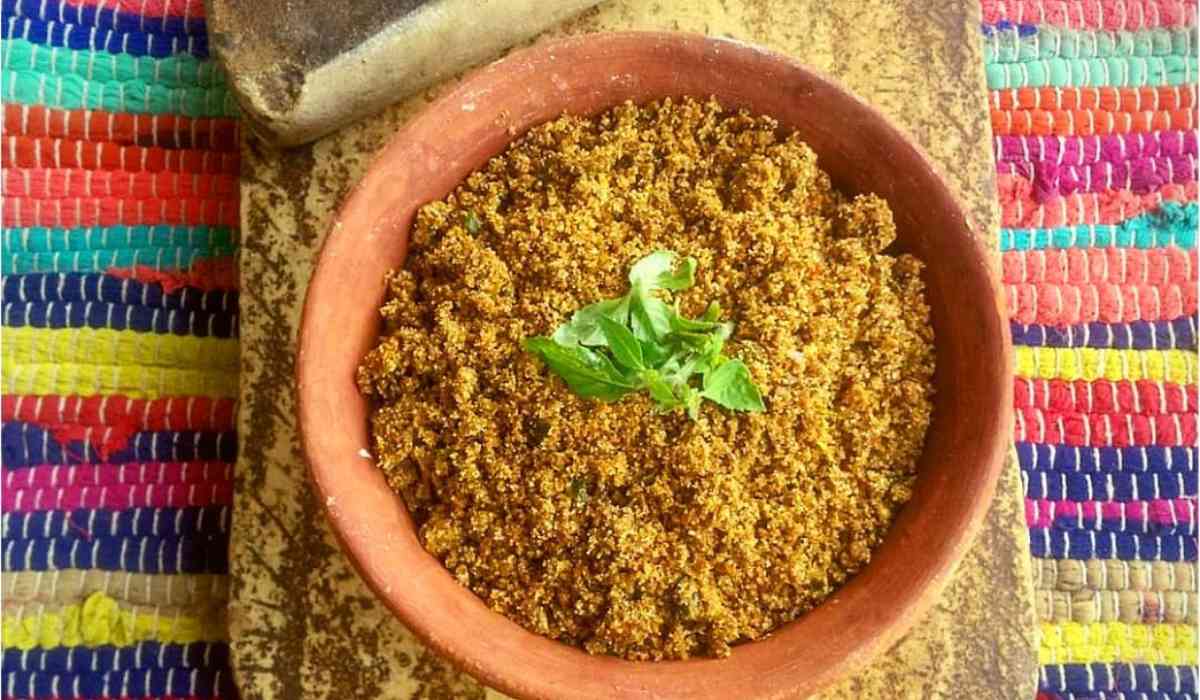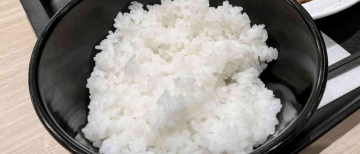Salt is more than just a kitchen staple; it's a culinary magician that can turn a bland dish into a flavor-packed delight. Whether sprinkled on spicy street chaats or used to accentuate the sweetness of fruits, salt plays a pivotal role in balancing flavors and elevating every meal.
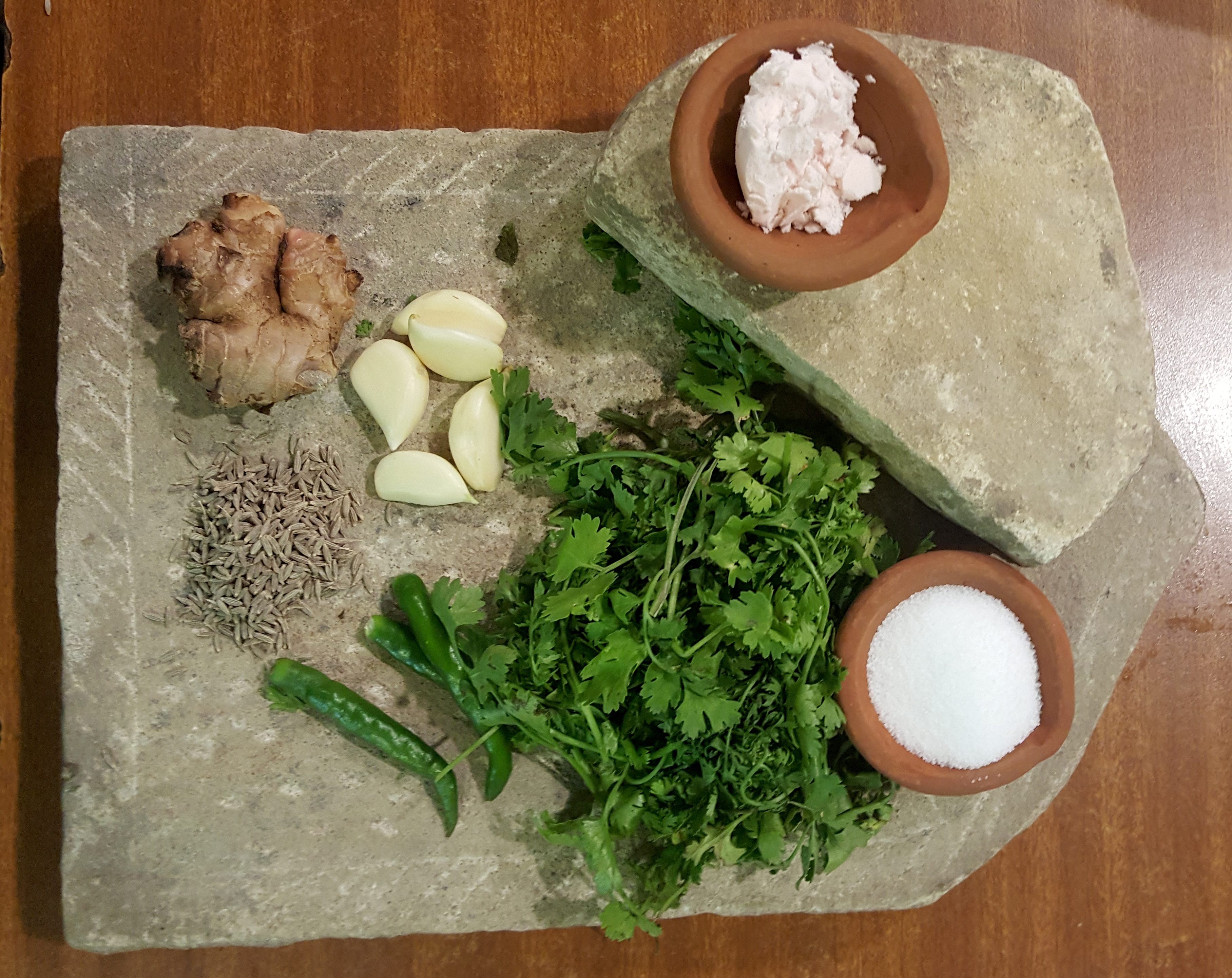
Pisyun loon: A cherished condiment
In the world of salts, variety abounds. There's the ubiquitous fine-grained table salt, perfect for everyday cooking. Then there's the distinctive black salt, renowned for its tangy twist. Who could overlook the Himalayan pink salt, adding a nuanced richness to dishes? But amidst these well-known salts lies a hidden gem: green salt.
Pisyun loon, meaning "coarse salt ground with spices," holds a special place in Uttarakhand's culinary heritage. Deeply intertwined with local culture, this condiment even inspires songs. "Hoon Pissyu Lone" narrates a boy's yearning to return home for his mother's special salt. "Hai Kakdi Zilema loon pisse sile ma" depicts a girl envisioning a joyful future as she grinds salt for her fiancé amidst ripe cucumbers.
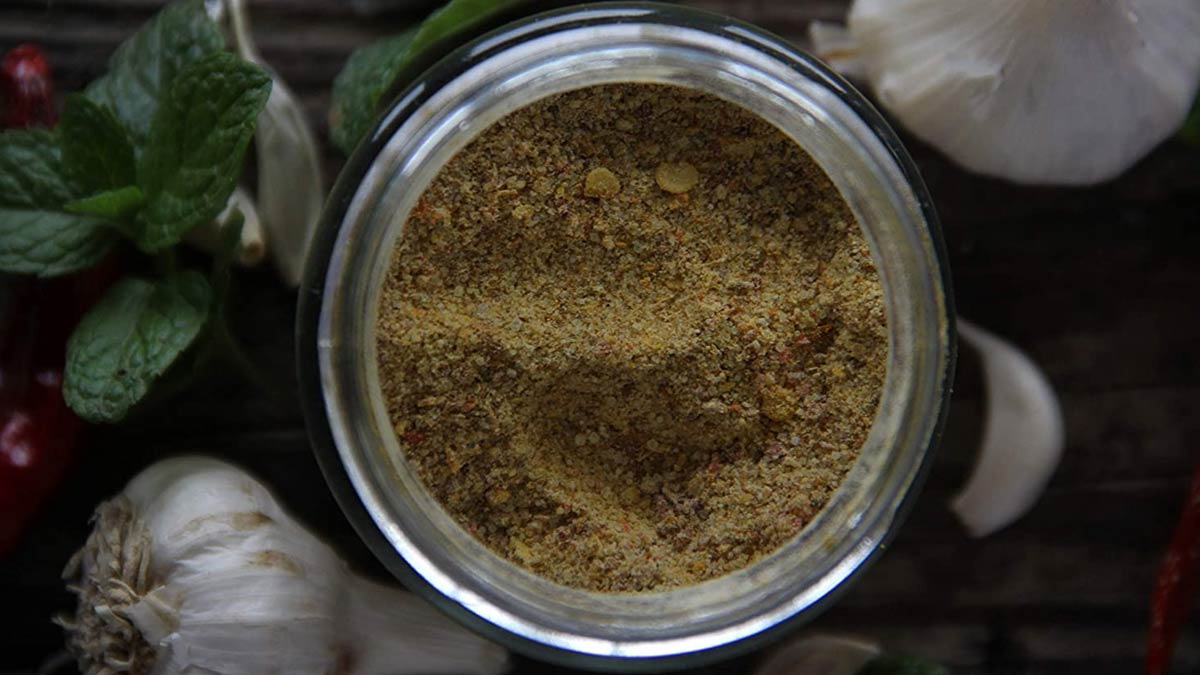
A salty history
Flavored salts have a rich history across the globe. Whether it's the pink rock salt from the Himalayas or the unique salts like black lava or blue salt found in Iran and France's Camargue marshes, nature continually presents us with a diverse array of mineral treasures. In India, especially, where there's a deep-rooted tradition of using flavoured salts, this creativity knows no bounds.
In the serene hills of Kumaon and Garhwal in Uttarakhand, salts infused with mustard, coriander, garlic, ginger, cumin, and various types of chilies (red, green, and yellow) are integral to local cuisine. Beyond enhancing dishes with an extra burst of flavor, these salts are often enjoyed simply with rotis and parathas, serving as essential sustenance during harsh winters when the mountain passes become impassable.
Salt isn't merely a culinary ingredient; it's fundamental for human health and has played significant roles throughout history. Salt has been used as currency and has been subject to heavy taxation and conflicts. Notable historical events, such as the War of Ferrara (1482–1484) and the Salt War (1556–1557), underscore its importance and value.
One of the most iconic protests in India's struggle for independence was the Dandi March, also known as the Salt March, led by Mahatma Gandhi in 1930. This peaceful demonstration aimed to challenge the British-imposed salt tax, which granted the British government a monopoly on salt production and distribution, prohibiting Indians from collecting or selling salt.
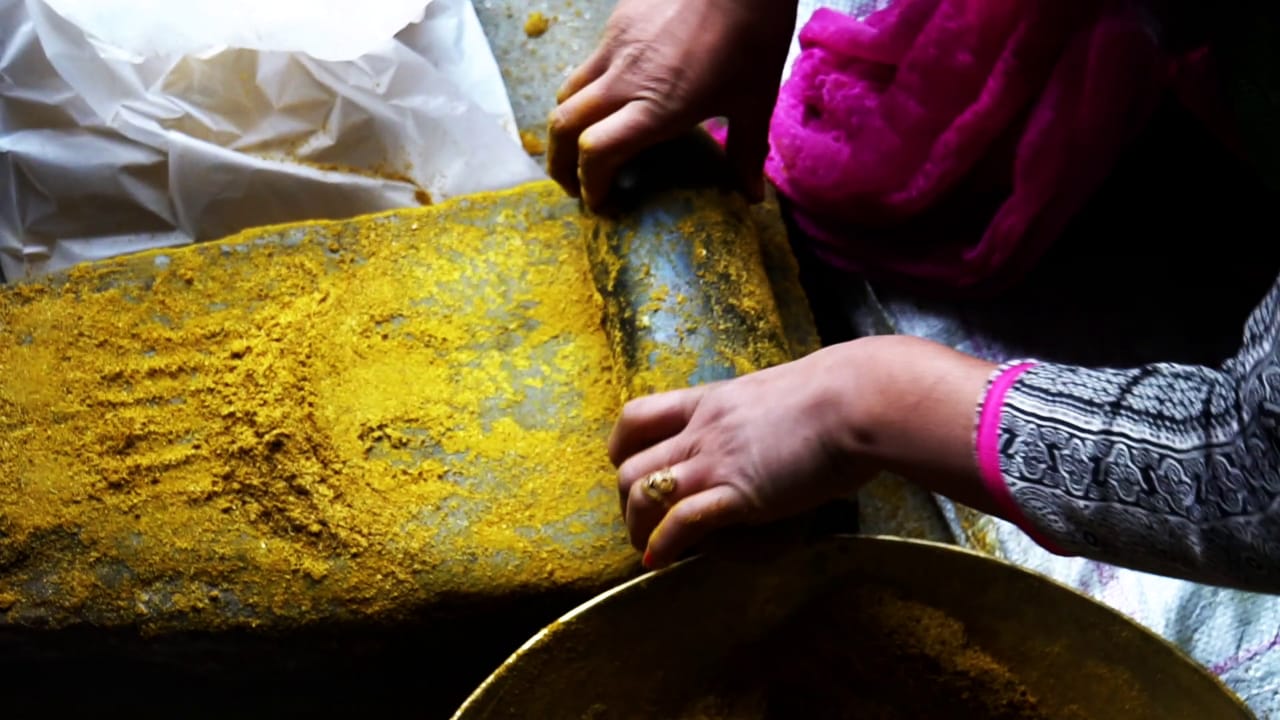
Creating Flavored Salts and Their Culinary uses
Salt, primarily composed of sodium chloride (NaCl), is a crucial mineral essential for life and taste perception. It exists naturally as rock salt or halite, often abundant in seawater. Saltiness is one of the fundamental tastes humans detect and is integral to food seasoning and preservation techniques.
In the hills of Uttarakhand's Kumaon and Garhwal regions, a variety of flavored salts incorporating mustard, coriander, garlic, ginger, cumin, and different types of chilies are prevalent in traditional cuisine. These salts, such as the famed Pahari salts, not only enhance flavor but historically have helped combat dry winters by encouraging hydration through increased thirst.
The popularity of Pahari salts has surged in recent times, with many local producers from Uttarakhand now offering their products online. However, recipes and combinations of these salts are typically passed down through generations, evolving based on ingredient availability, personal preferences, and the cook's philosophy, including medicinal benefits of the ingredients.
Another notable example is Svan salt (svanuri marili) from Svaneti, which incorporates dill, fenugreek, marigold petals, coriander, caraway, dried red chilies, and garlic. This versatile salt blend serves as a marinade, seasoning, or condiment for various dishes.
For instance, Pahari salts like pisyu loon involve mixing dried spices such as asafoetida, basil, carom, mint, coriander, or green chilies with different types of salt (white, pink, or rock salt). Green garlic salt, a winter specialty in Uttarakhand, is blended with iodine, pink, or rock salt, along with dry mango powder, to sprinkle on seasonal fruits like oranges, guava, and papaya.
During the summer, mint salt and chili cumin salt are popular additions to dishes like dahi raita (yogurt mixed with tomatoes, onion, or cucumber) and mattha (tempered buttermilk). The process of making these salts involves spreading the mixture on paper to dry in the shade, preserving the rich flavors.
These flavored salts are incredibly versatile, used to season fruits and vegetables, enhance cooked dishes, blend with rice and ghee, or even incorporated into noodles and porridge preparations like paleu or chencha, with different salt varieties preferred depending on the season—green garlic salt in winter and cumin salt in summer.
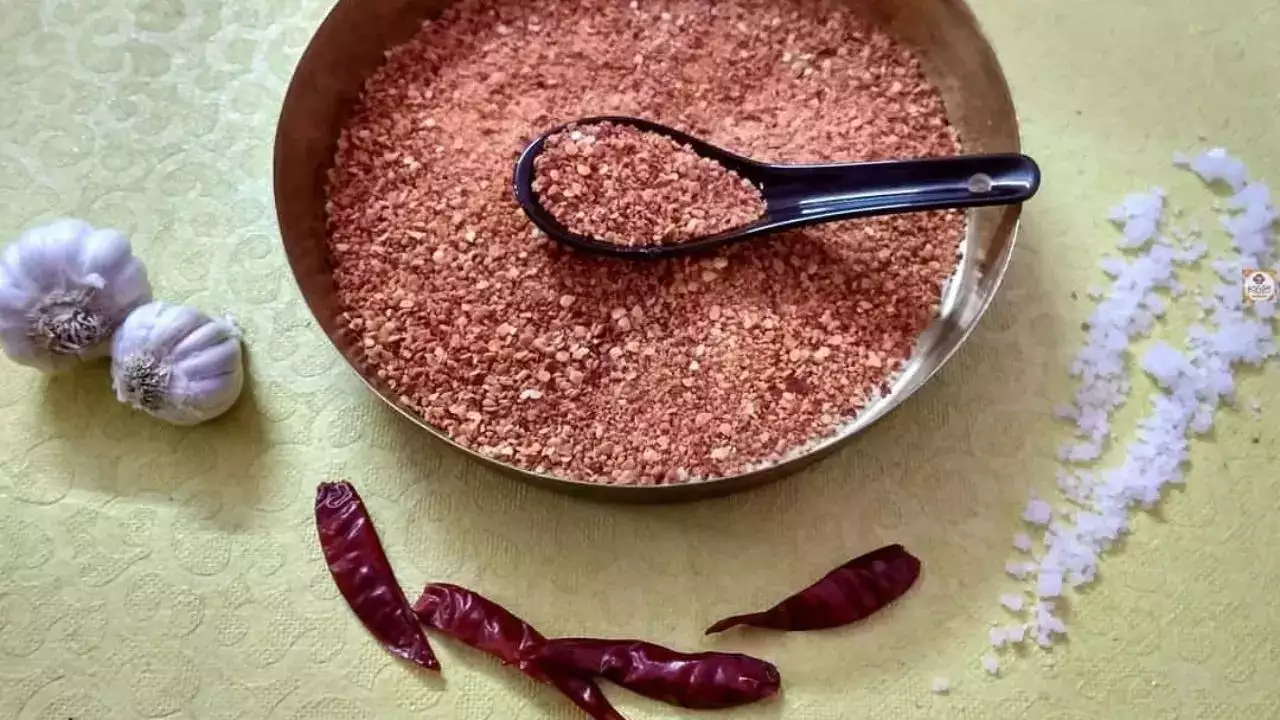
Varieties of Pahadi Salt
Below are a few distinct recipes for Pahadi salt that you can easily prepare at home.
- Green Salt (Pisyun Loon)
Green Salt, also known as Pisyun Loon, is among the most popular Pahadi salt varieties. To make this at home, blend coriander, asafoetida (hing), green chilies, peeled garlic, and fresh mint in a bowl. Traditionally, these ingredients are crushed manually using a sil batta or stone grinder. Next, add rock salt to the mixture. The resulting mixture will be moist. Roast the mixture in a pan for a few minutes until it separates and becomes crumbly. The Green Salt is ready after roasting! Traditionally, this mixture is left outside in the sun for four to five days. Like any salt, you can use it to enhance the flavor of dishes such as dal, salads, rice, chaat, and more.
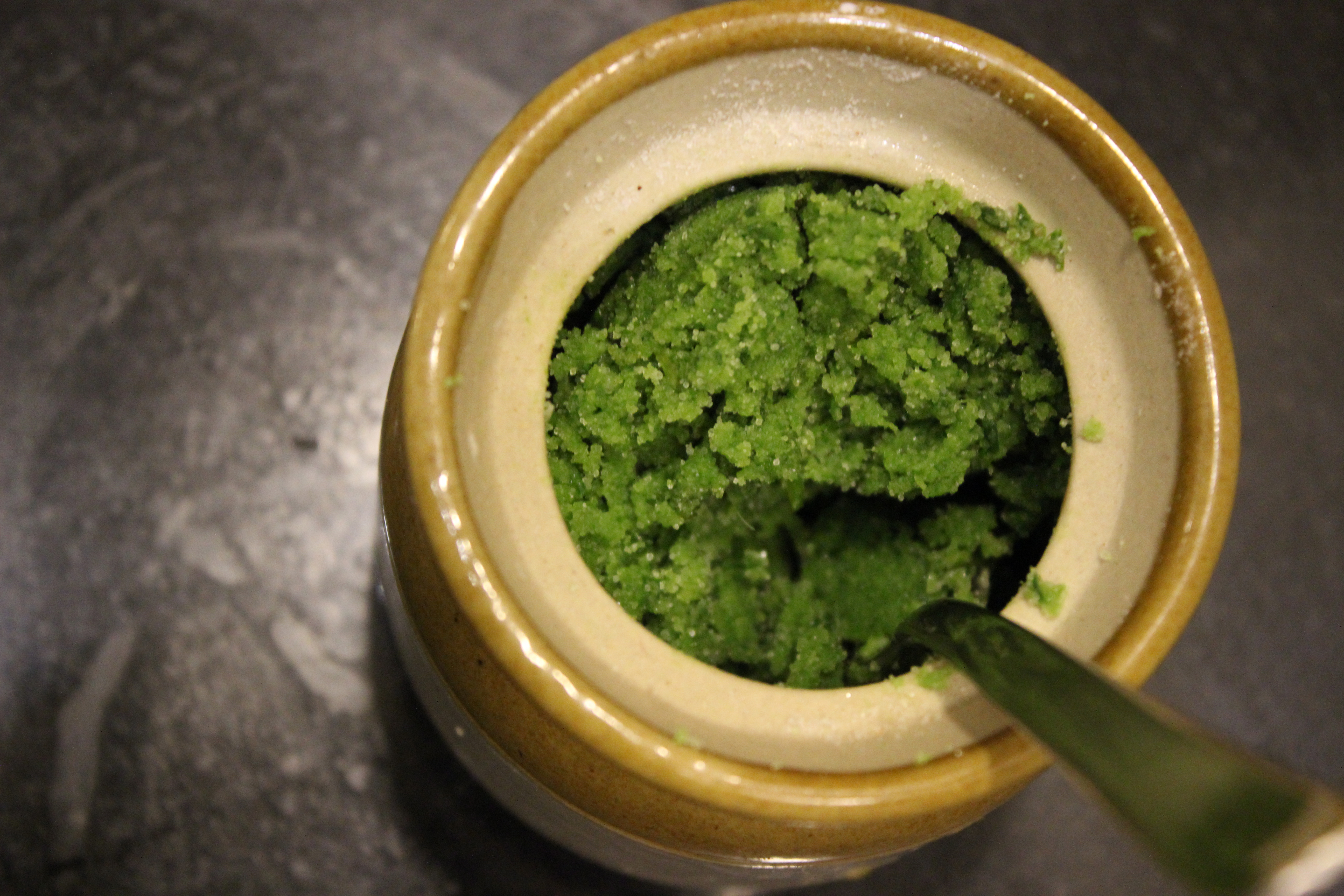
- Garlic Salt
Garlic Salt can be made solely from garlic or with the addition of peppercorns. Blend together green chilies, garlic (either leaves or cloves), coriander, a small amount of ginger, and cumin seeds to create the garlic salt mixture. Then, add rock salt. This mixture can either be roasted to remove moisture or used raw. For a variation, consider adding garlic, red chilies, cumin seeds, asafoetida (hing), and roasted peppercorns to spice up your salt. Use this flavored salt to enhance the taste of any dish just like the previous recipe!
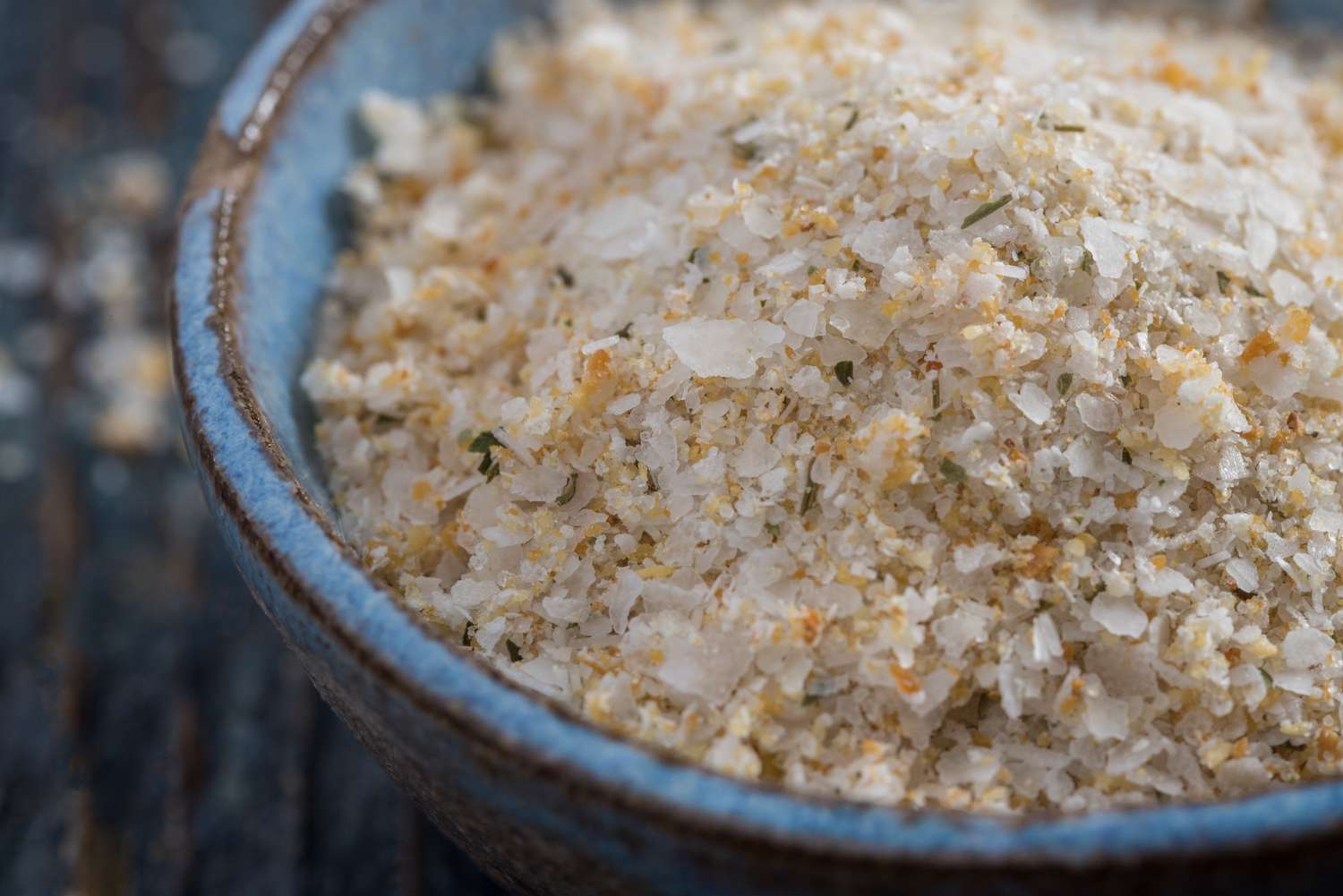
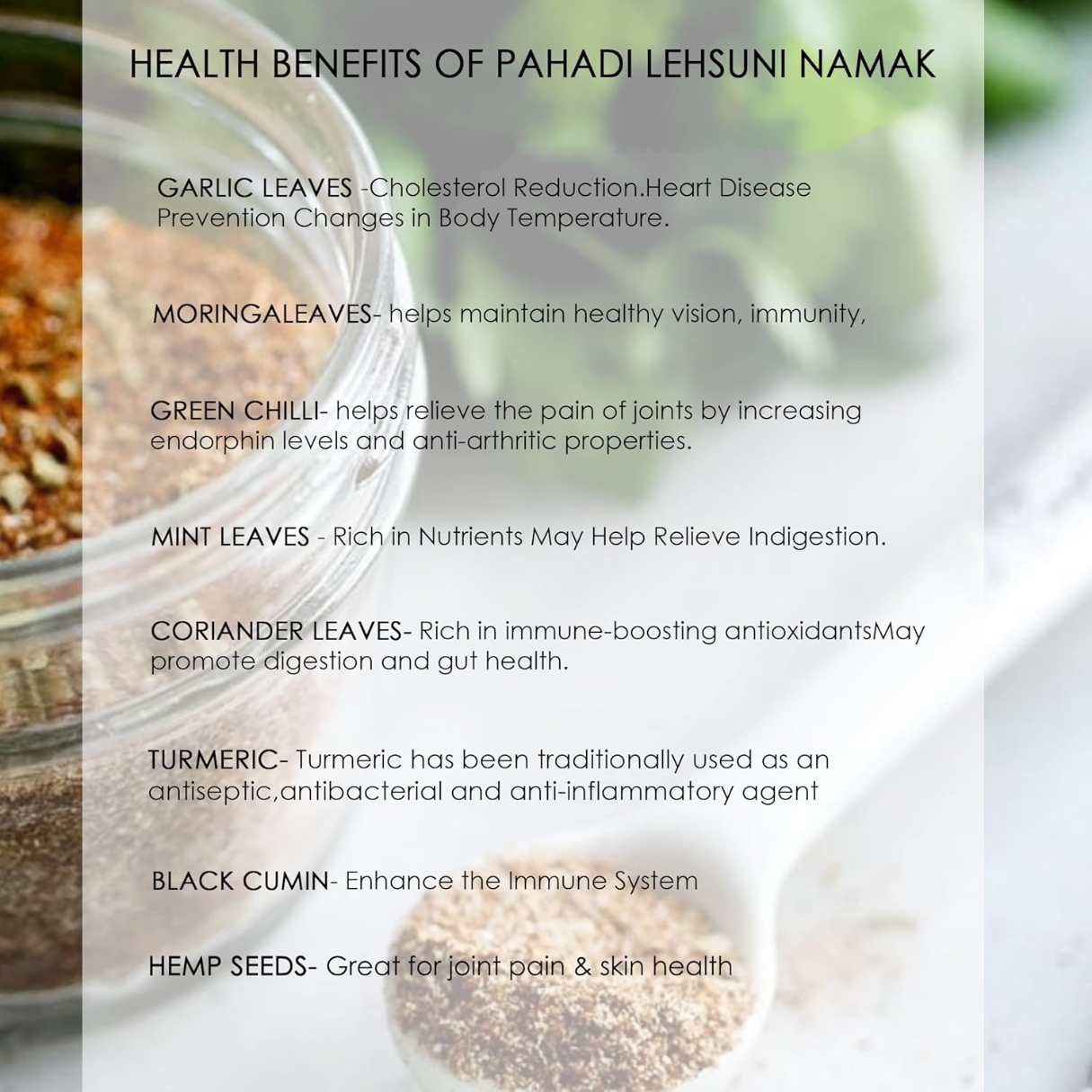
- Mustard Salt (Daindoosa Salt)
To make Mustard Salt, start by roasting mustard seeds in a pan. Then, blend the roasted mustard seeds with red chilies. Add this mixture to rock salt, and your Mustard Salt (known locally as Daindoosa Salt) is ready. Another way to enjoy it is by spreading it on a hot chapati!
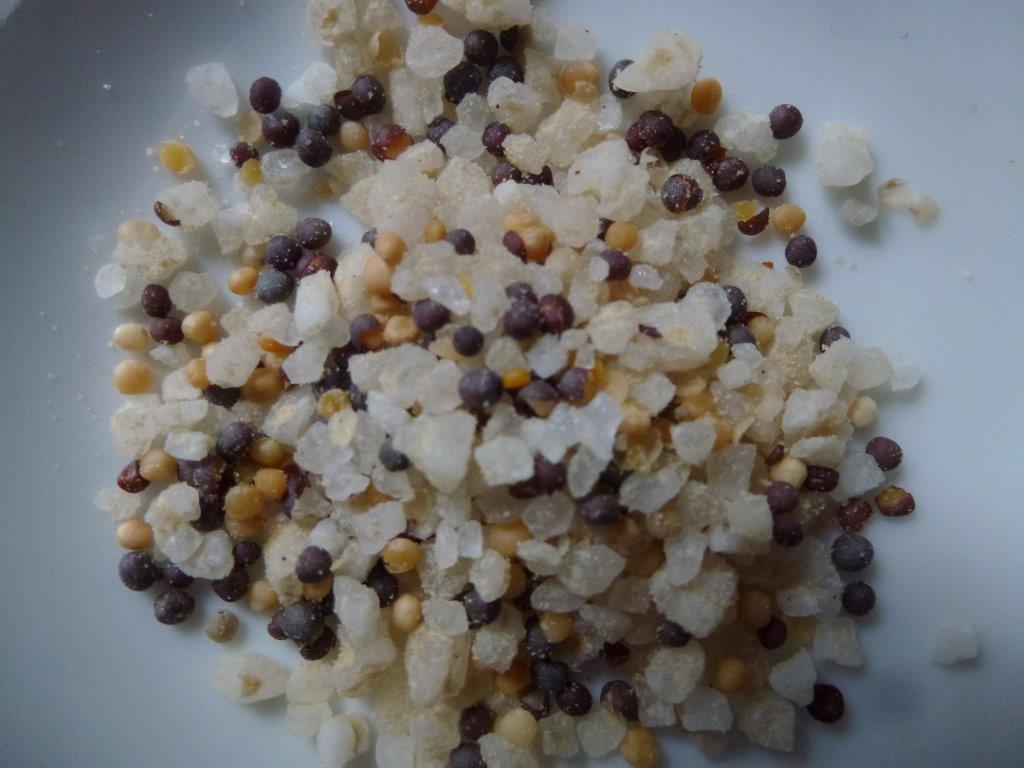
An Enhancement for a Healthier Lifestyle
When discussing the qualities of flavored salts, the focus often shifts to their appealing flavors and vibrant colors. However, many emphasize that Himalayan salt contributes to a healthier diet by incorporating beneficial herbs. Commonly found ingredients like carom seeds, ginger, garlic, and cumin seeds are renowned for their digestive properties, making these salts a preferred choice for those aiming for a healthier lifestyle. Additionally, Himalayan salt, a key component of these salts, is rich in micronutrients and is organically sourced without any additives, unlike conventional table salt which undergoes processing and packaging. Moreover, the coarse texture of Himalayan salt, in contrast to finely powdered table salt, enhances the aroma of dishes.
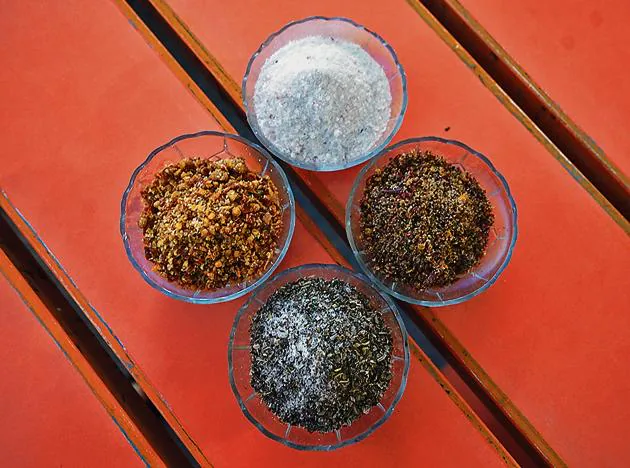
A Pathway to Livelihood
Produced by local women in their homes, the rising popularity of these flavored salts in urban areas has presented a new avenue for livelihood and financial independence. While some collaborate with NGOs or participate in self-help groups, others independently cater to the growing demand through social media platforms such as Instagram and Facebook. With the escalating online interest in unique salts, individuals like Kothari and many other women are not only establishing culinary niches for themselves but also promoting the distinct flavors of the region’s cuisine.
In Uttarakhand, flavored salts represent more than mere condiments; they embody relationships, evoke cherished memories, inspire tales and melodies, and honor the cherished individuals behind their creation—grandmothers, mothers, sisters, and wives.
Image Source: Multiple agencies
© Copyright 2024. All Rights Reserved Powered by Vygr Media.

